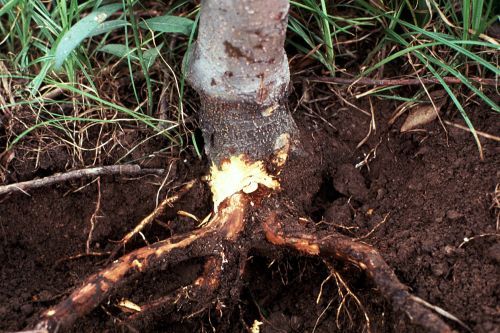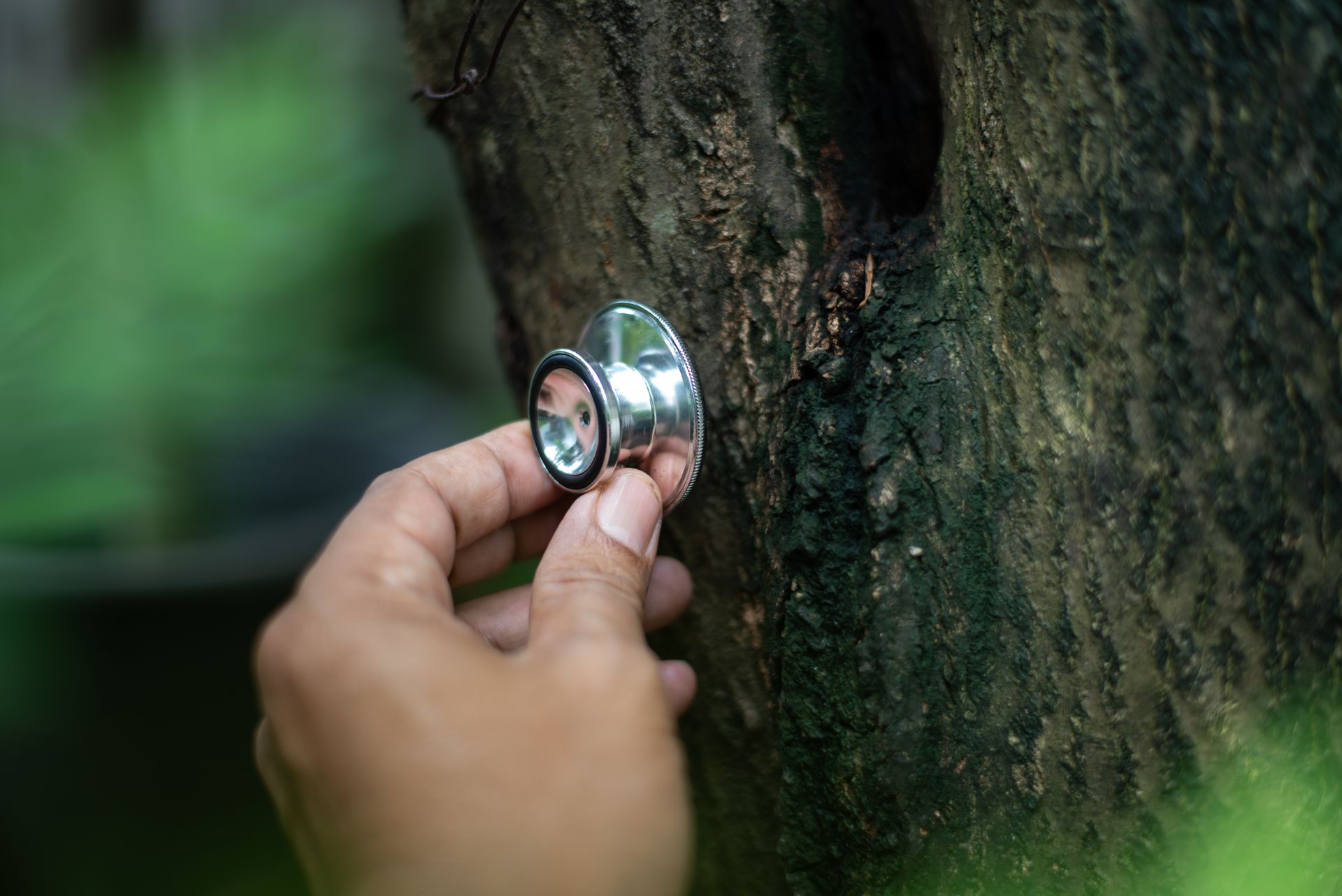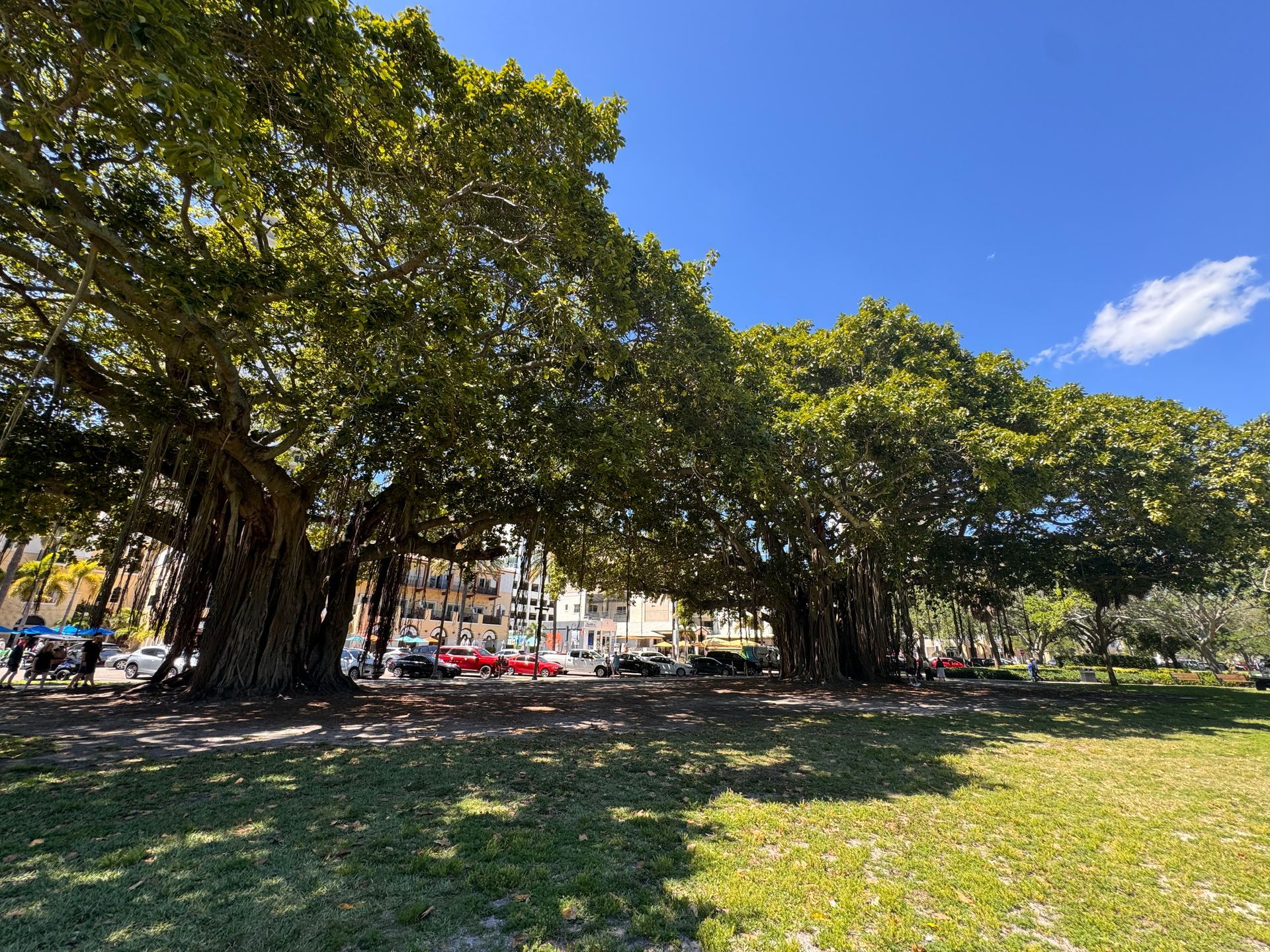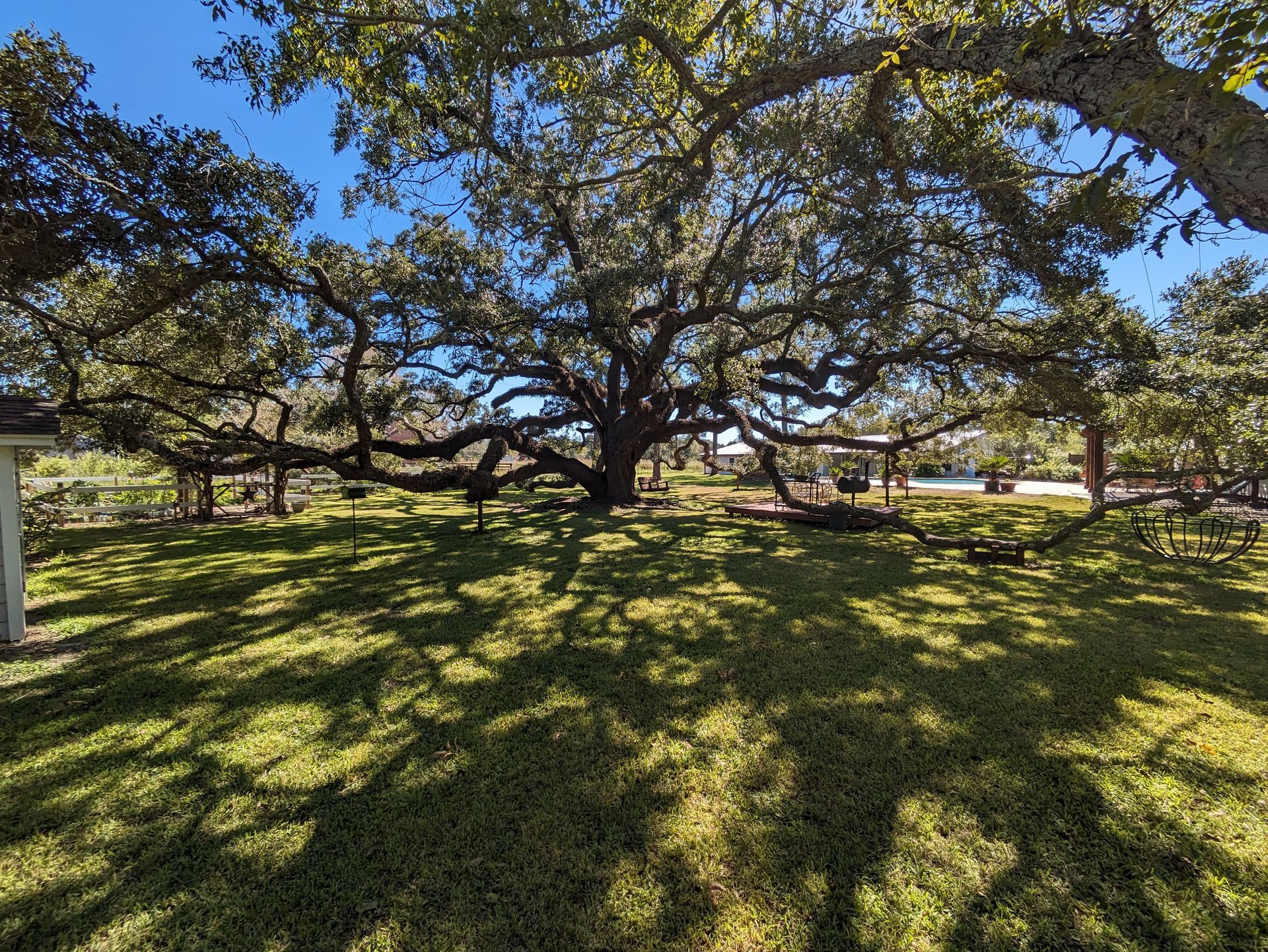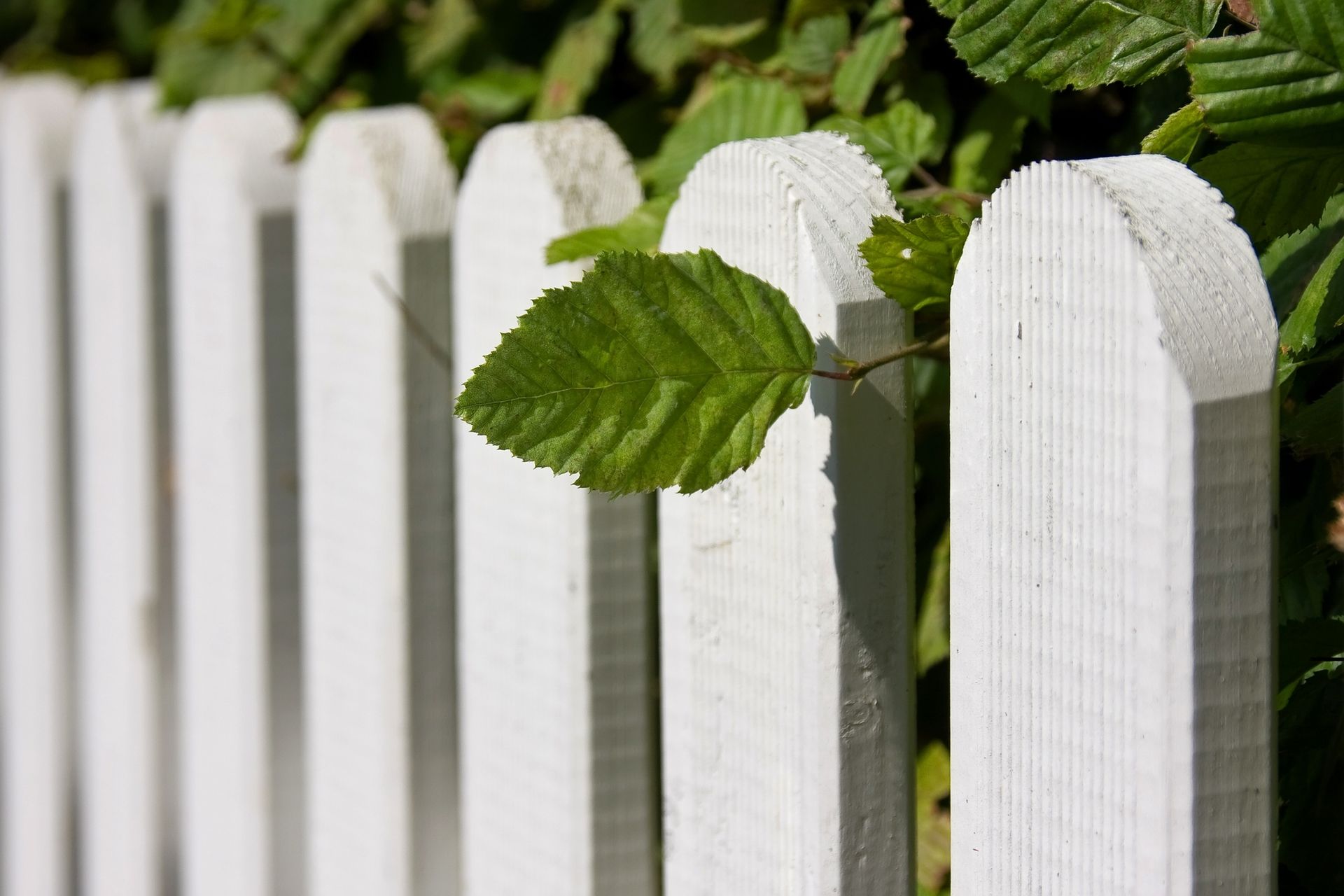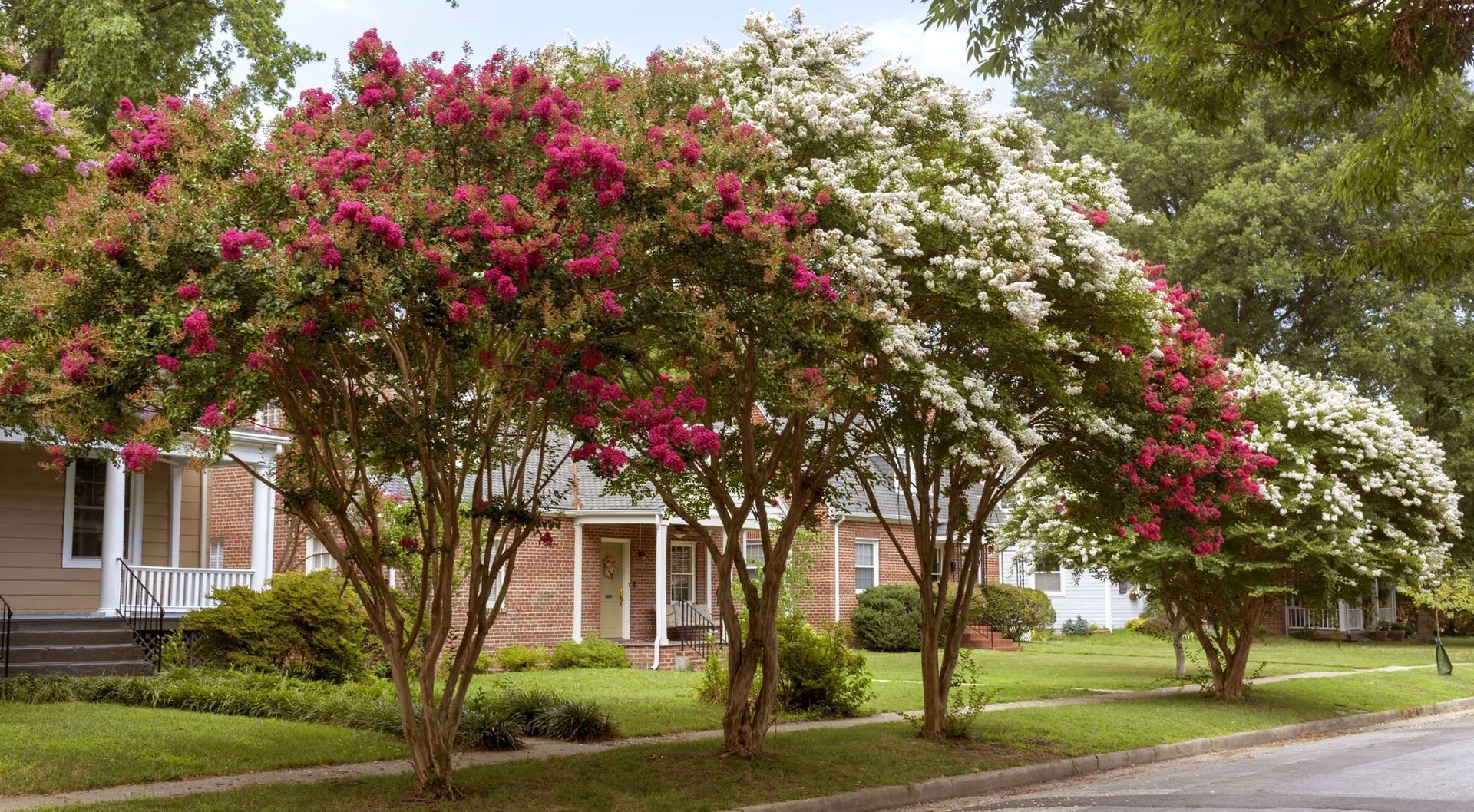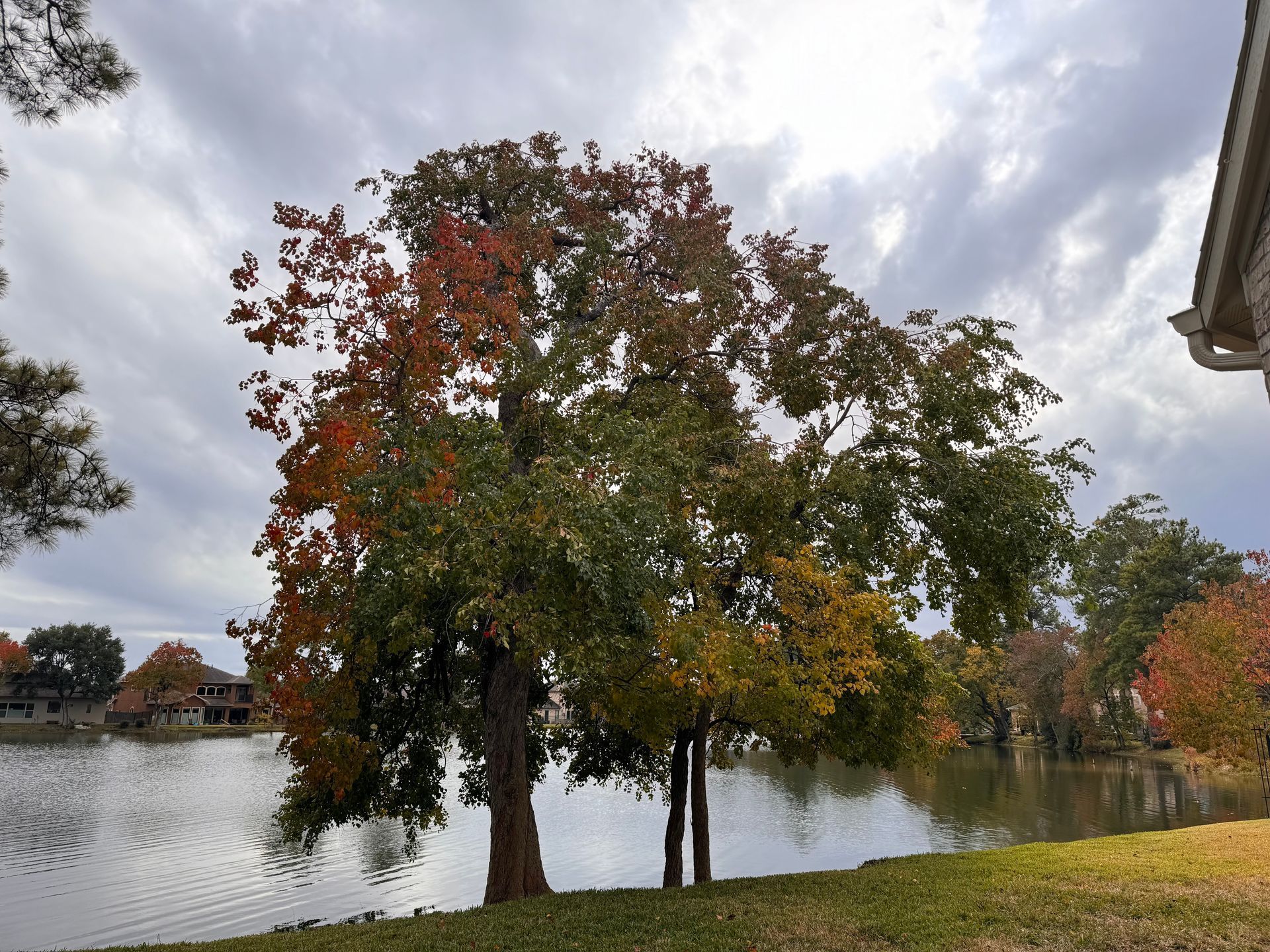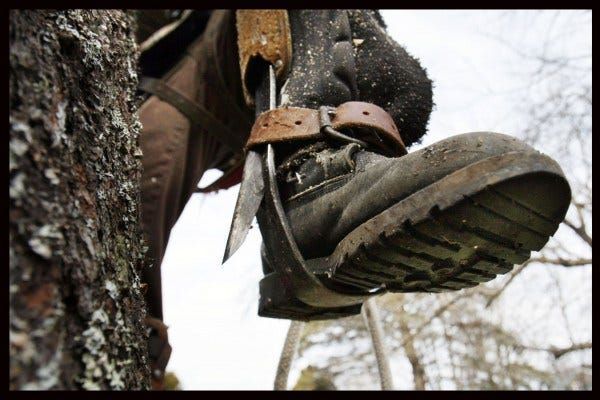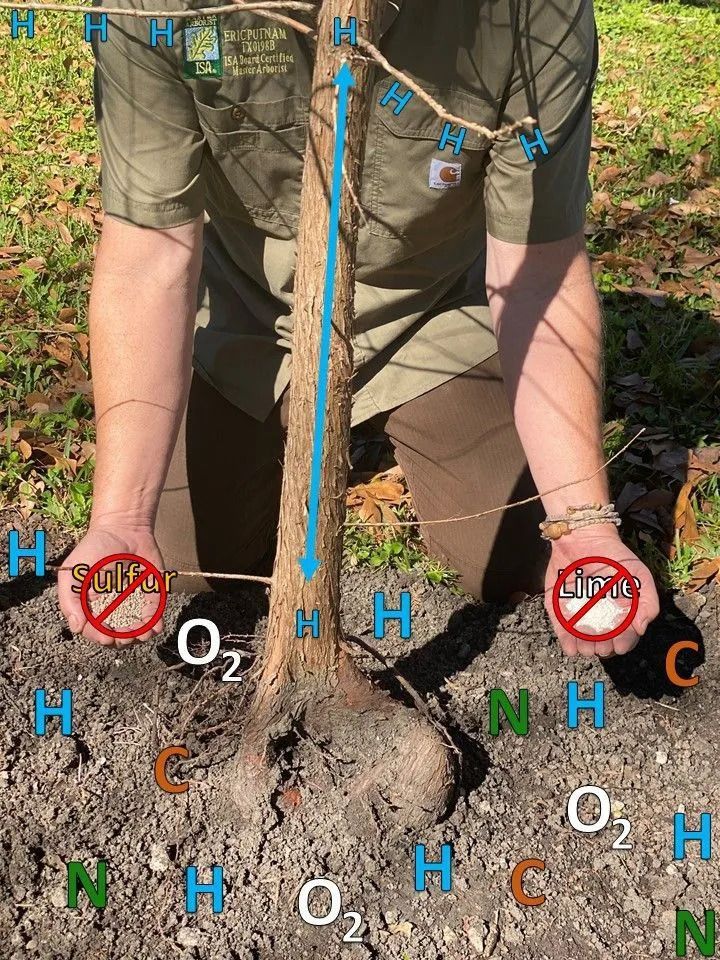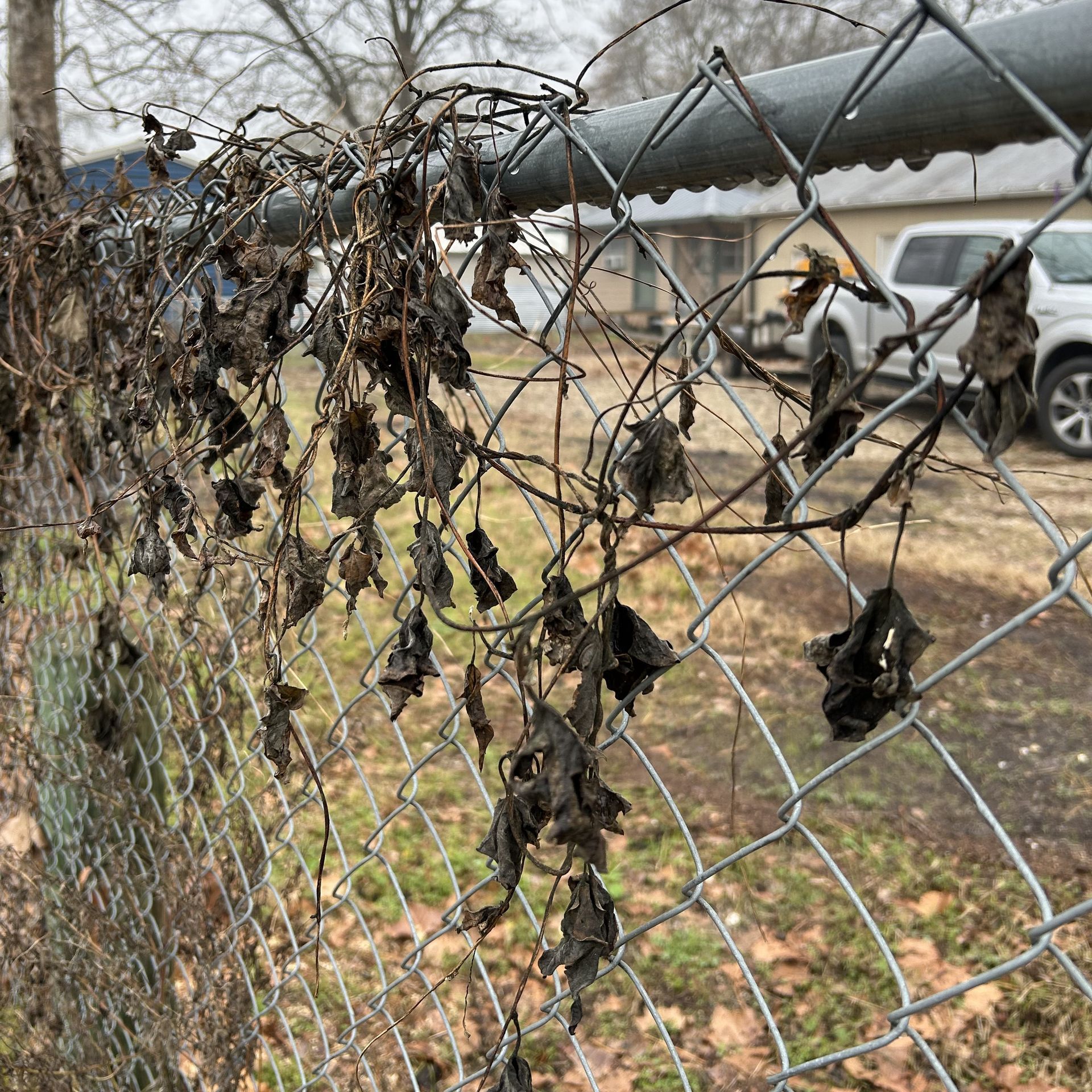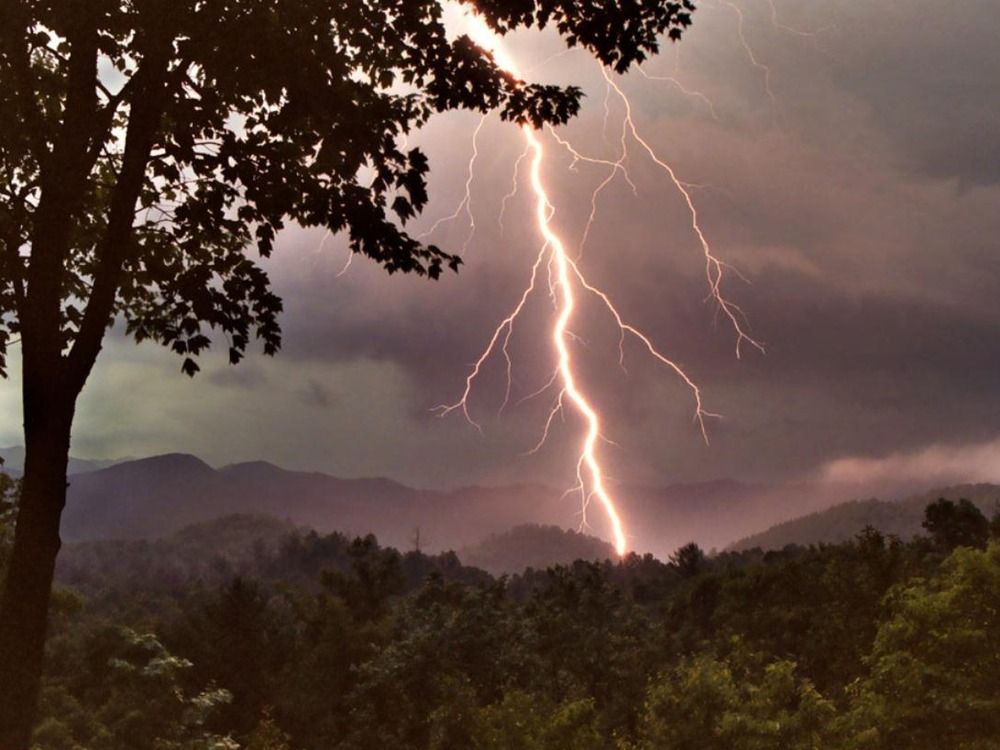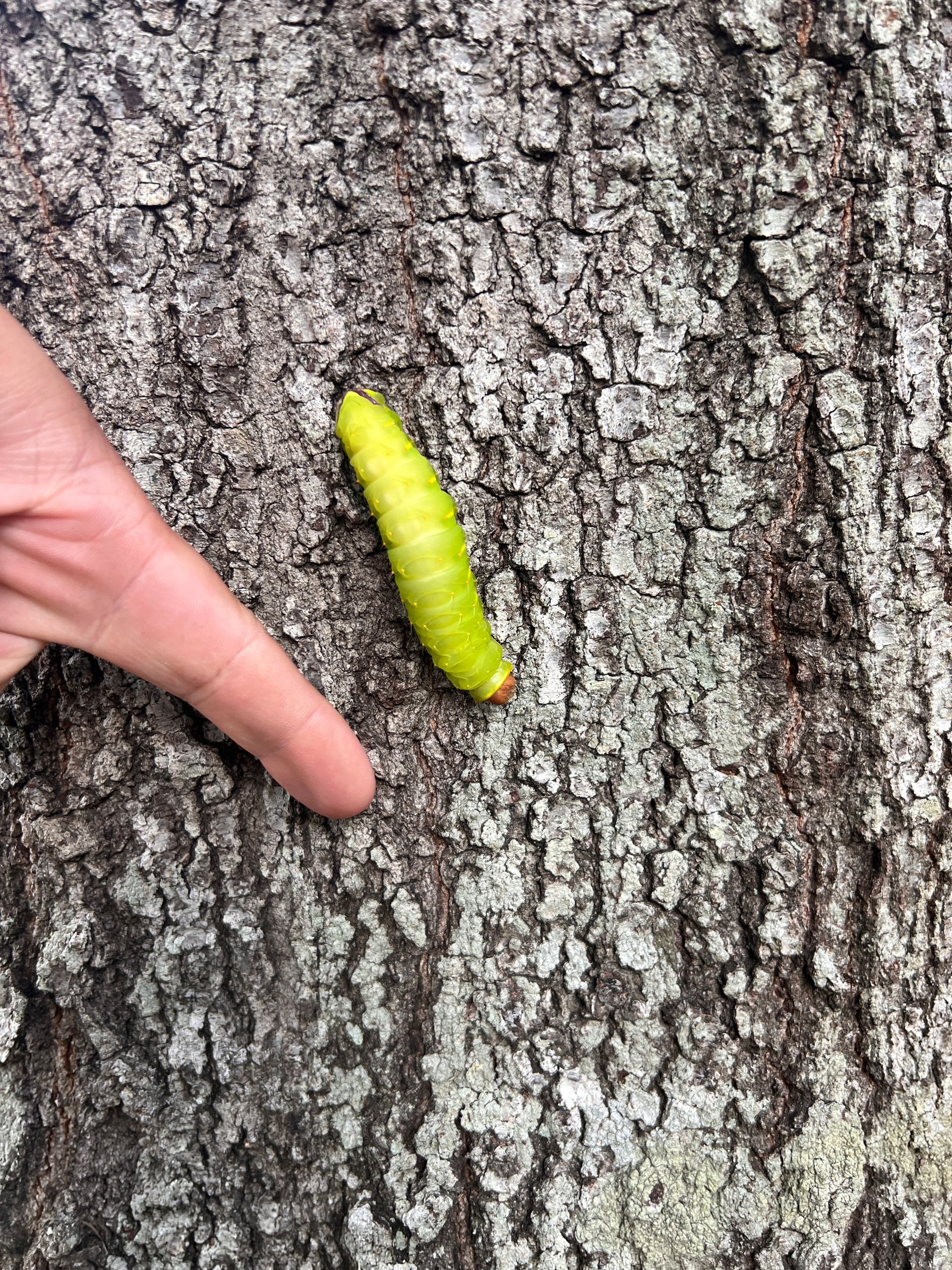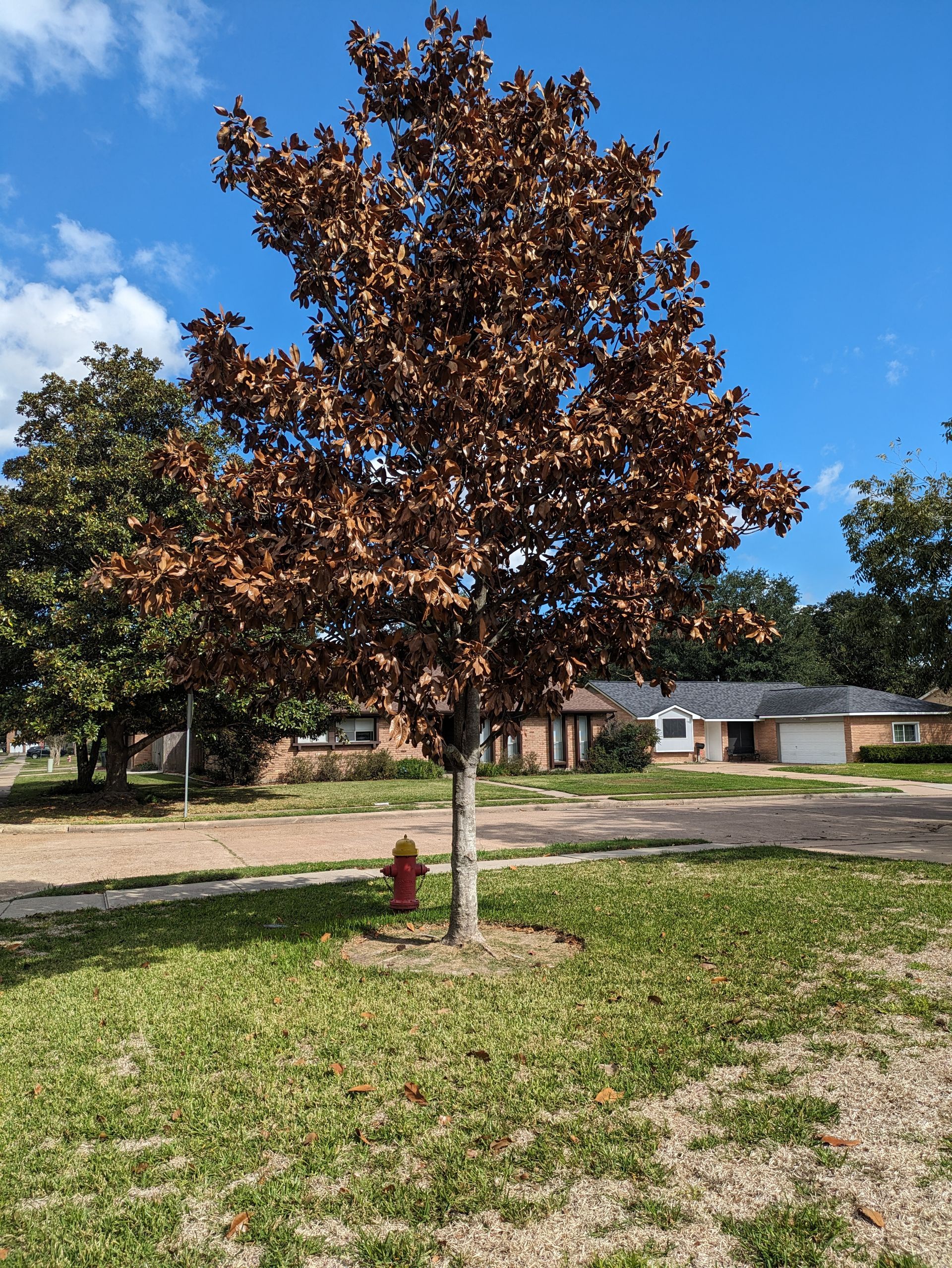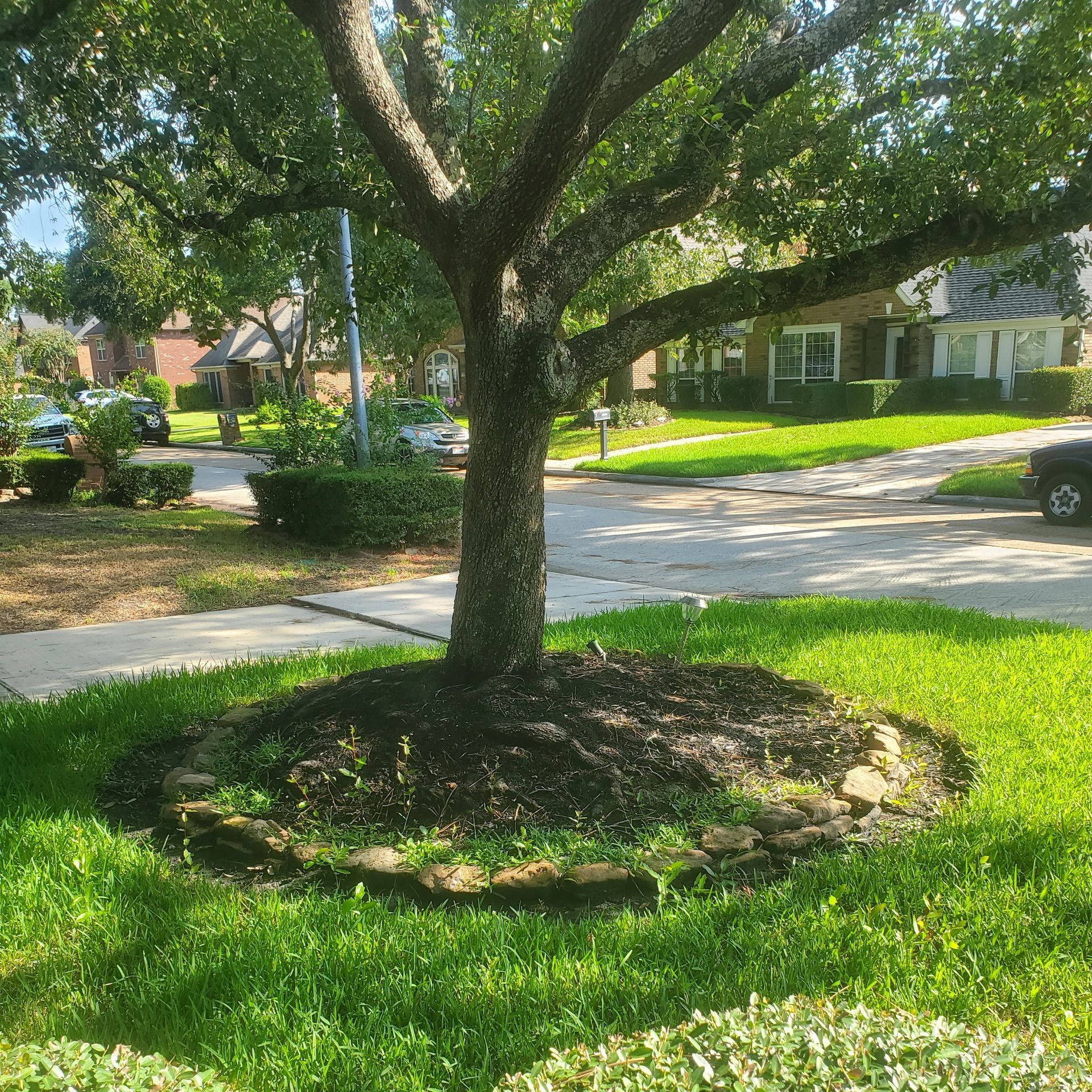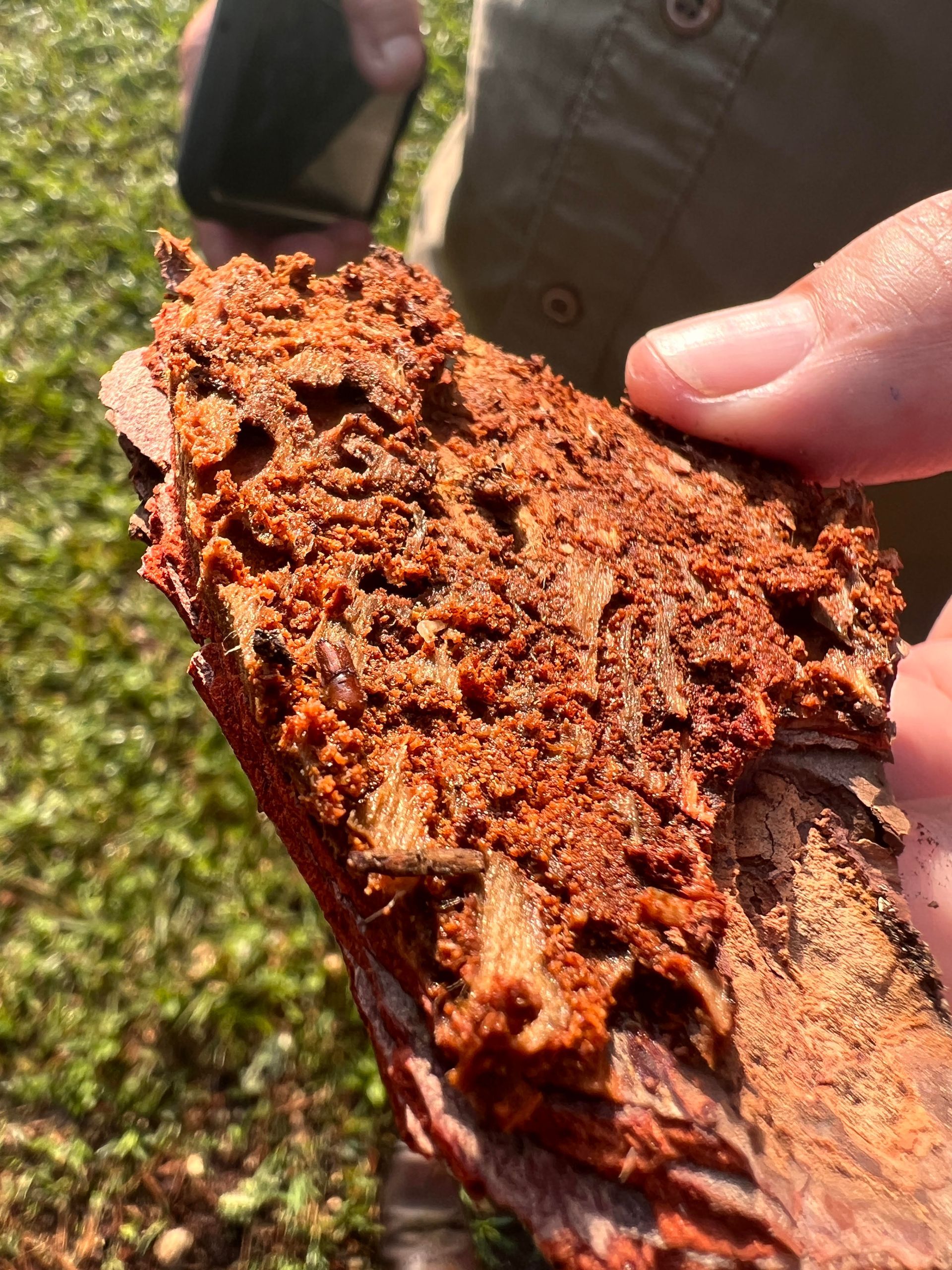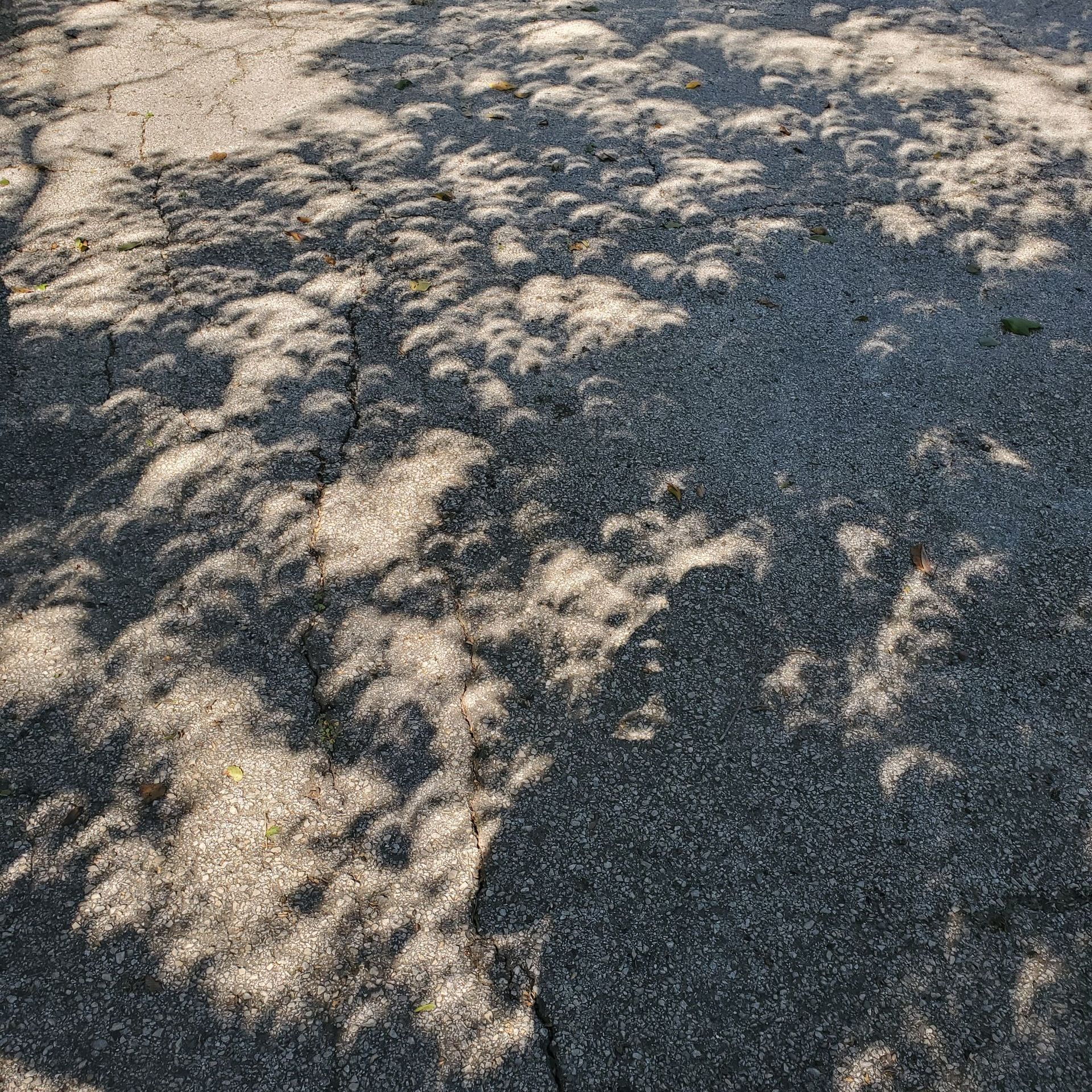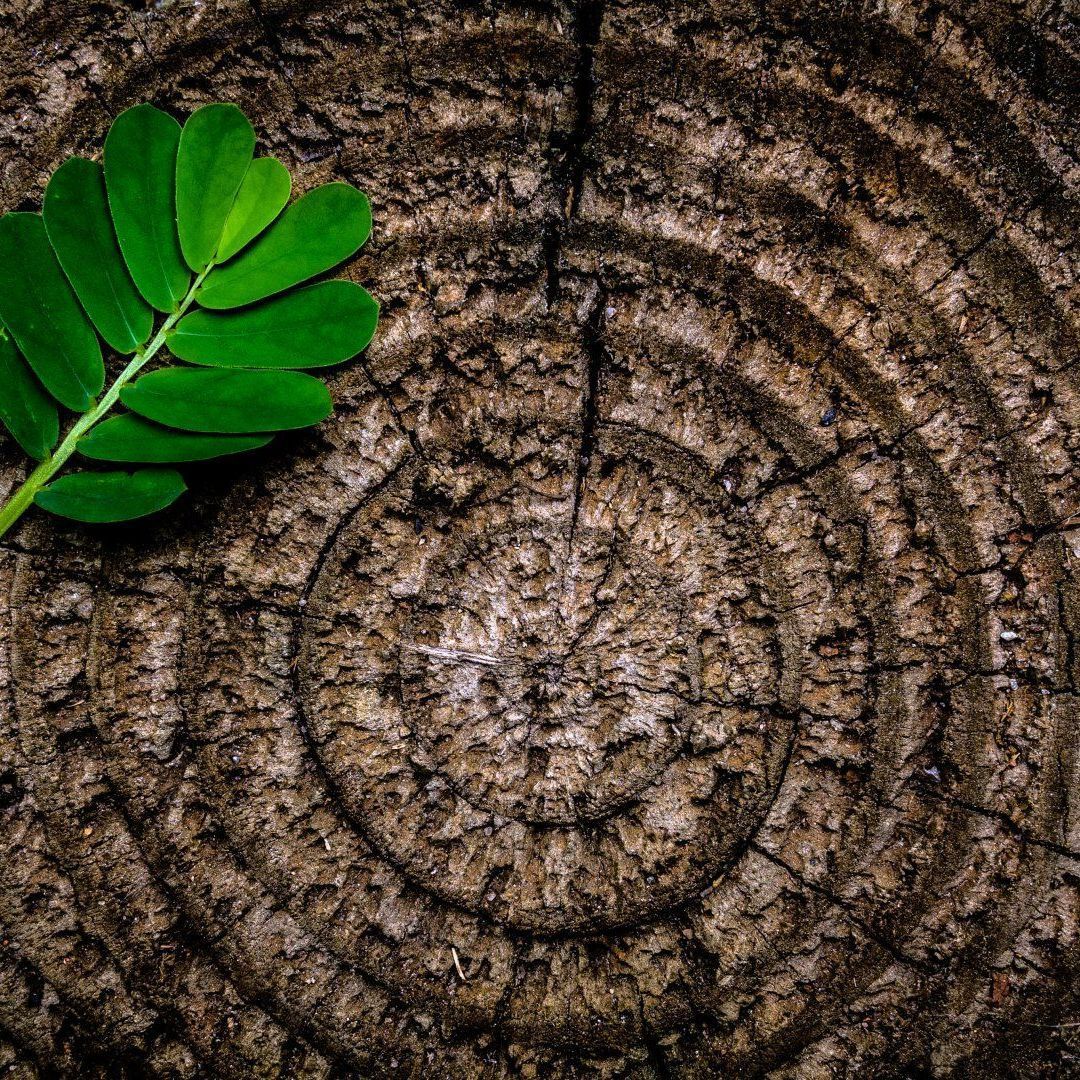Liriope’s Muse: Tree Care Tips from a Master Arborist
TRUSTED TREE CARE SERVICES SINCE 1970
Liriopes Muse: Phytophthora: The Plant Destroying Pathogen
Phytophthora is a root rot disease that plagues plants of all kinds but is most commonly identified in fruit and nut trees, vegetable crops, forest trees, and especially nursery plants. Infecting all parts of living plant tissue including roots, stems, crowns, leaves, fruits, and vines. This pathogen is found in the genus of plant-damaging oomycetes (water molds), whose member species are capable of causing immense economic losses of plants and trees worldwide. The genus was first discovered by Heinrich Anton De Bary, A German botanist and microbiologist, in 1875. Since this finding, approximately 210 species of phytophthora have been identified and 100-500 are believed to be still undiscovered.
The pathogen derives its name from the Greek words, “Phyton” meaning plant, and “Phthora” meaning destruction, coining it the very fitting name of Plant Destroyer as it kills its host starting from the roots and growing upward through the tree or plant.
This picture shows the blackening of bark around the base of a tree caused by Phytophthora. This image was takin by Thomas Burr of Cornell Univ.
Phytophthora though resemblant of fungi, are more closely related to aquatic microorganisms, such as diatoms and brown algae as they need wet soil conditions to survive and produce spores. These spores (also known as Zoospores) travel through saturated soils to locate new hosts. Once a new host is located, the disease starts by attacking the roots of the plant by creating cyst like build-ups of spores. As the spores reproduce, the cysts grow and form germ tubes or appressoriums that can breech the cuticle or stomata of a plant. This tuber ingress only typically occurs at the site of a wound, bud, or natural opening of a plant.
Once inside of the host, they begin attacking each individual cell. Their intercellular hyphae insert a haustorium into the living hosts cell wall where they extract water and nutrients, continue to reproduce, and spread. These pathogens make it impossible for the plant to take up sufficient water and nutrients ultimately choking it out.
What can be done to control the spread of phytophthora?
Unfortunately at this time there is no known cure for phytophthora once a plant has been inoculated, only mitigation practices such as providing biostimulants to boost the trees health so that they can naturally defend themselves by compartmentalization (CODIT) can be used to keep the internal spread at bay. At Eric Putnam BCMA, Inc., we use humic acid and molasses to feed the trees natural microbiome of healthy aerobic fungi. These fungi, if thriving, can act as natural defenders to the anerobic phytophthora using their allelopathic chemicals. Using fungicides to treat phytophthora should be avoided at all costs as the fungicides kill all fungi, the good and bad. Killing of a trees thriving microbiome can cause stress and the trees natural defenses to weaken allowing the infection to further spread and almost surely kill the tree.
However, the best way to control phytophthora is to prevent the transfer of infested soils, water, or plant materials(including dirty mulch) from coming into contact with other healthy plants.
The following are ways you can help prevent the spread of phytophthora in your yard:
- Avoid soil compaction of any kind as poorly draining and anerobic soil conditions make for the perfect breeding grounds.
- Ensure your yard has proper drainage to avoid oversaturation by implementing raised garden beds or install shallow trenches/swale in areas you notice water gathering. (So long as they are not causing significant root damage to your tree.)
- Practice sanitary gardening practices, making sure your equipment is clean and sanitized between plants is a big step in preventing the spread.
- Choose trees known for their resilience to Phytophthora and root rot.
- Avoid using recycled mulch or soils as they can unknowingly carry the pathogen.
- Inspect any tree you may buy from a nursery for signs of phytophthora to prevent the introduction of it into your garden.
Once introduced to your garden this pathogen is very difficult to manage, so focus on prevention and remember early detection can save your tree. If you notice any symptoms or believe your tree may have been exposed it is imperative that you contact your local certified arborist to begin a treatment plan best suited for your case.
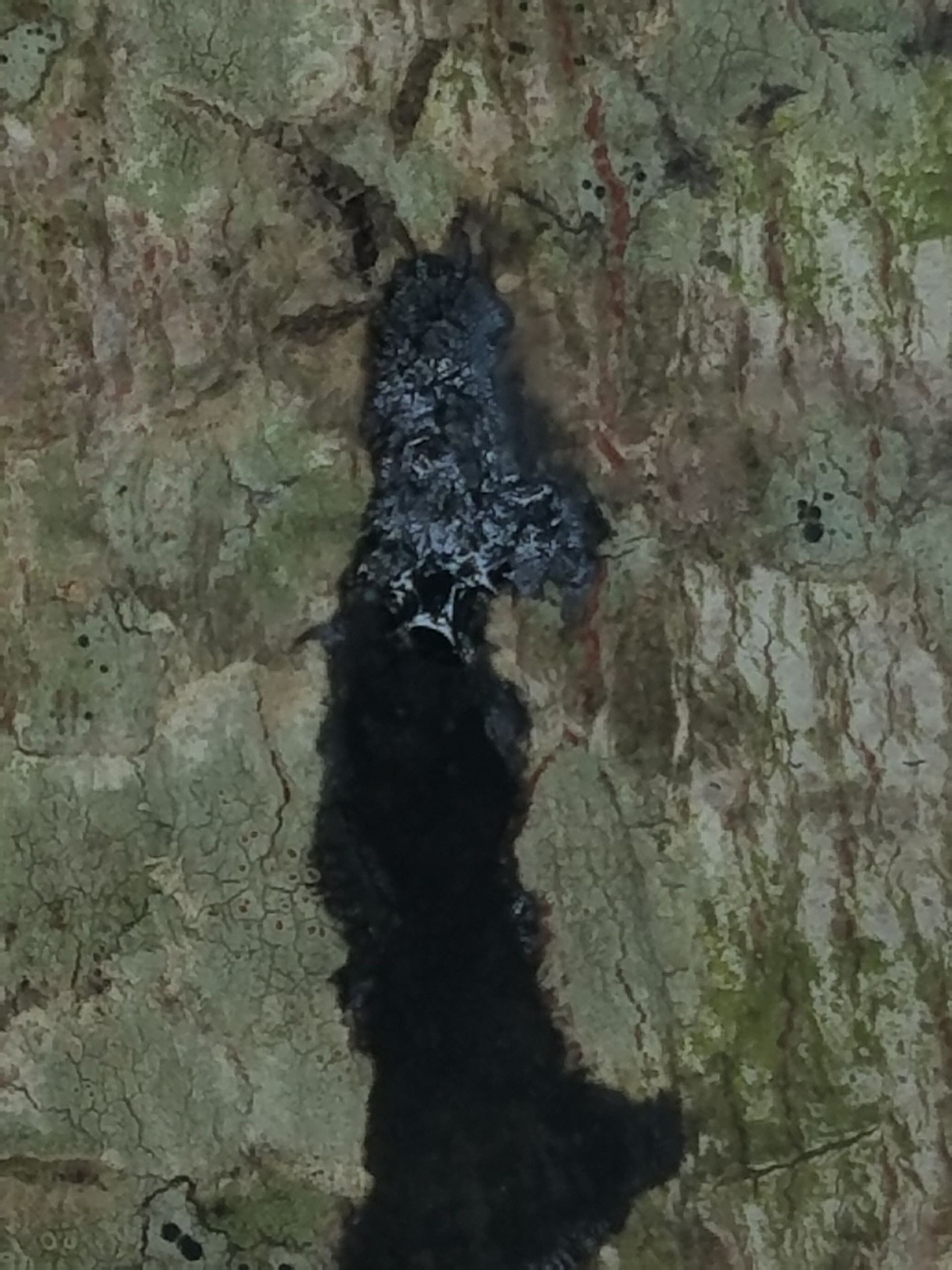
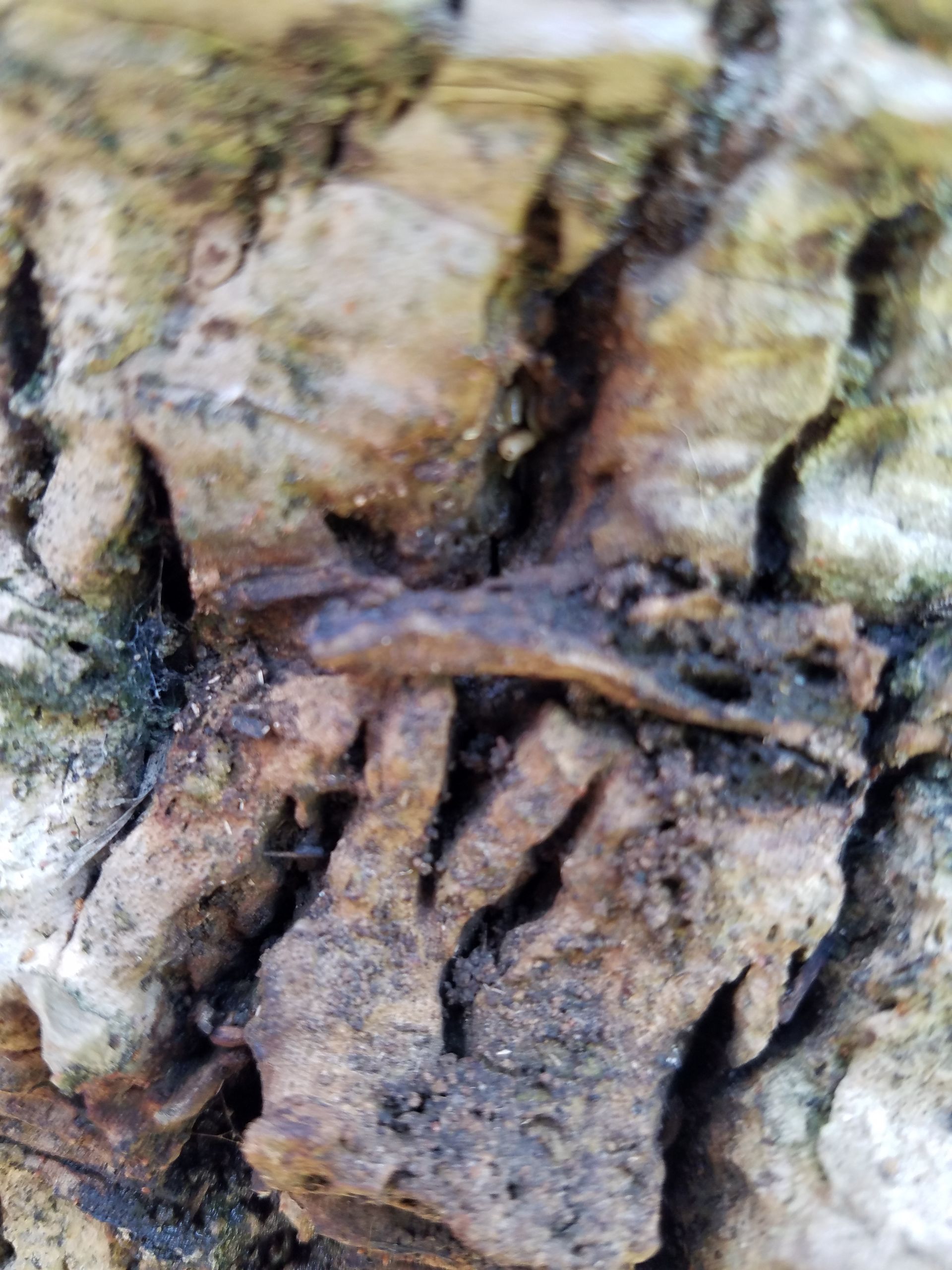
These are close-up images taken of trees inoculated with the root rot disease (phytophthora). The first image shows a bleeding kanker and the second image shows the blackening of the bark of the tree.
What does Phytophthora look like?
Phytophthora is a microscopic organism that is so small it cannot be seen by the naked eye. The only visible sign of its presence is the sickness or death of the plants it invades. The first signs of phytophthora to look out for include yellowing and dulling of the foliage, wilting leaves, sparse foliage, and twig dieback. In more serious cases, the pathogen presents itself in the form of bleeding cankers, blackening of the trees bark (especially around the base and open wounds), mass root and shoot dieback, and large branch dieback. Depending on environmental factors and the tree or shrubs resilience to the rot, Phytophthora can kill a tree within a few months to just a few short years.
Articles I found useful during my research:
https://www.landscape.sa.gov.au/ki/land-and-farming/pest-management/managing-pc
https://extension.umn.edu/disease-management/phytophthora#:~:text=Phytophthora%20has%20swimming%20spores%20known,mating%20types%20of%20Phytophthora%20capsici.
https://ipm.ucanr.edu/PMG/PESTNOTES/pn74133.html
Liriope’s Muse - Expert Tree Care Tips
Trusted & Reliable

(832) 981-7321

Subscribe To Our Blog!
Please try again later.
Charles Eric Putnam
ISA Board Certified Master Arborist ®
TX 0198B
Website & Marketing By Working Class Marketing
All Rights Reserved | Eric Putnma BCMA
